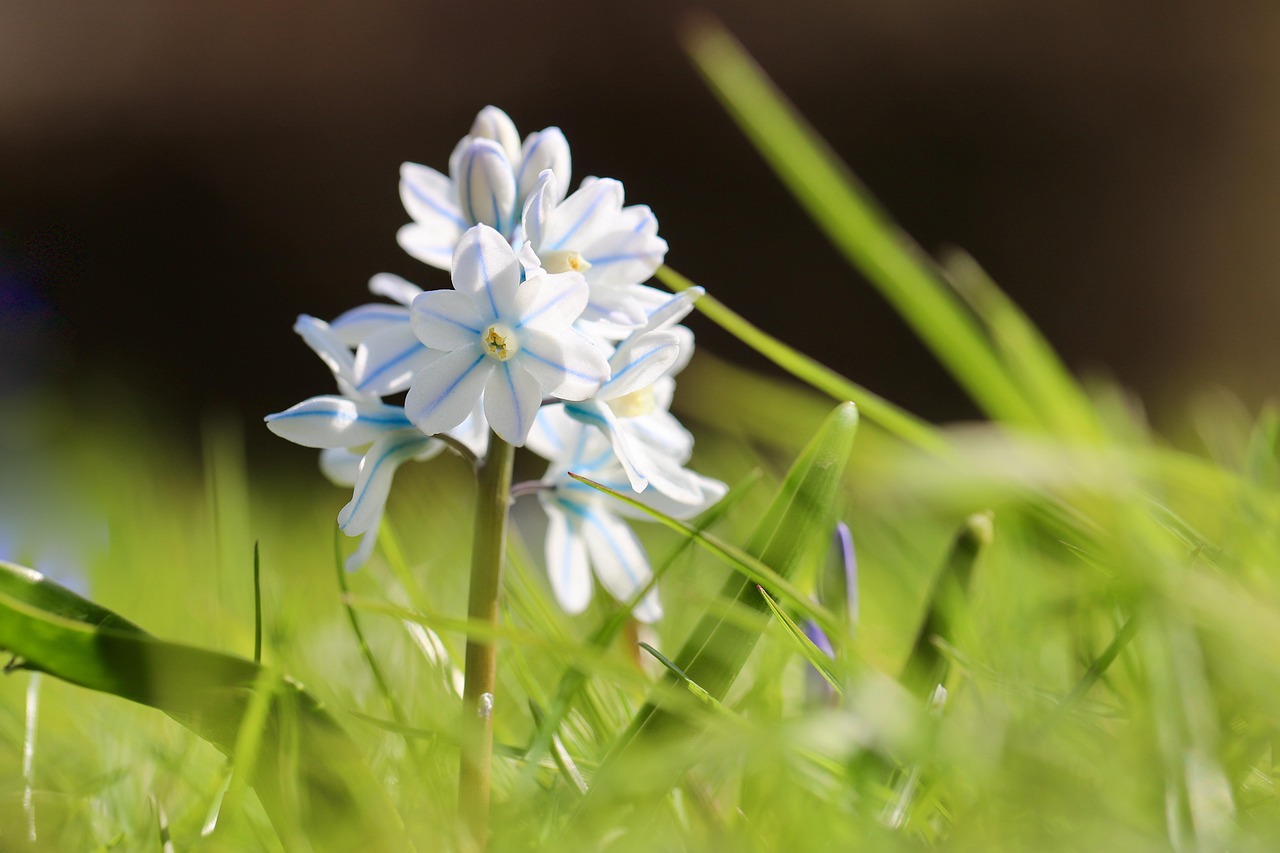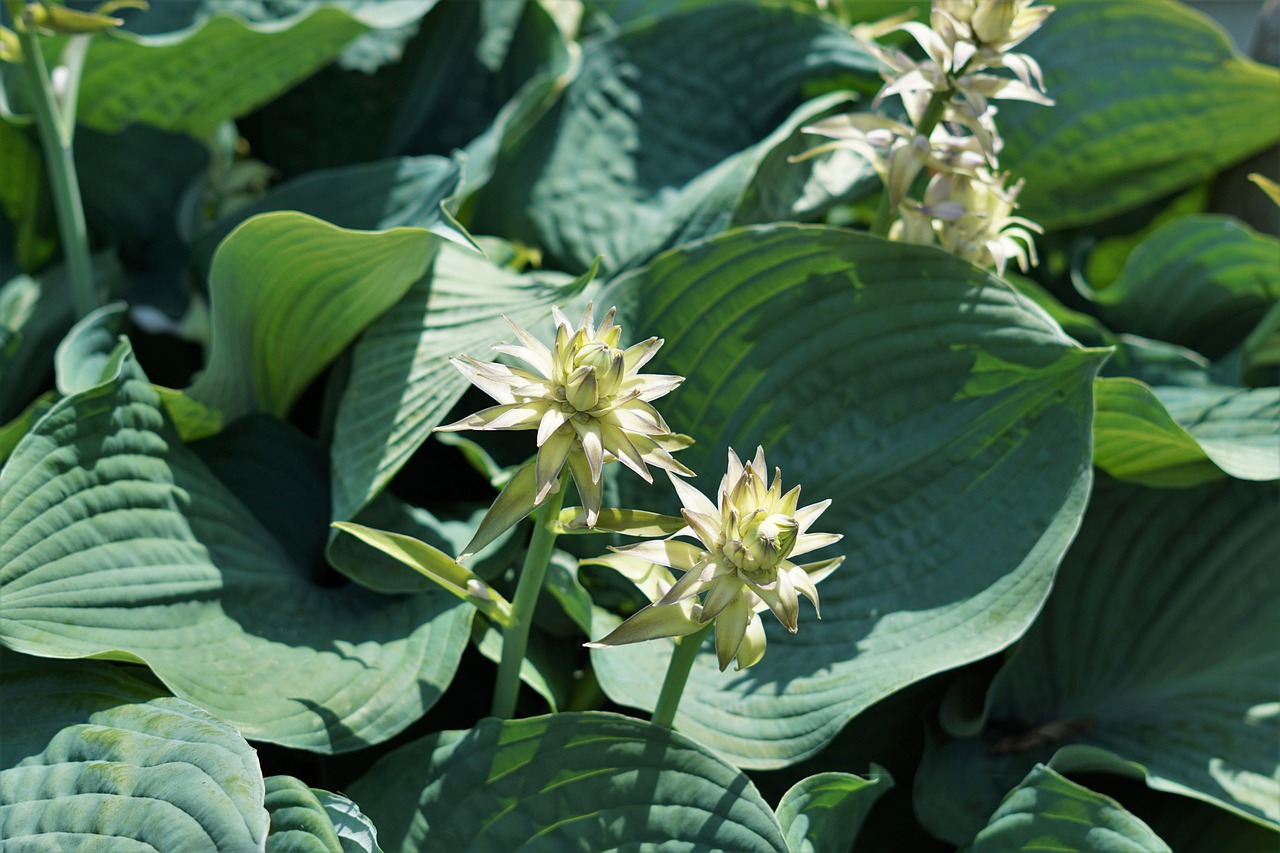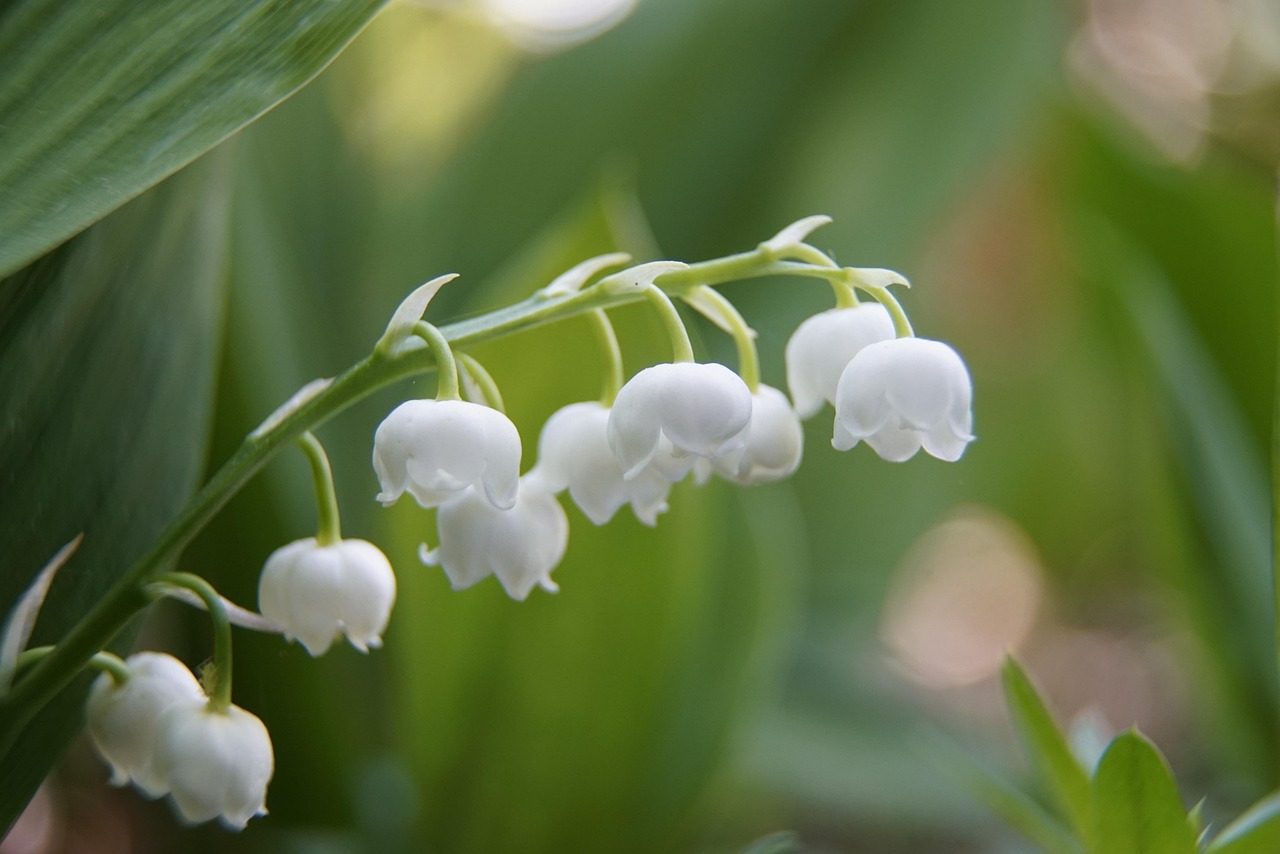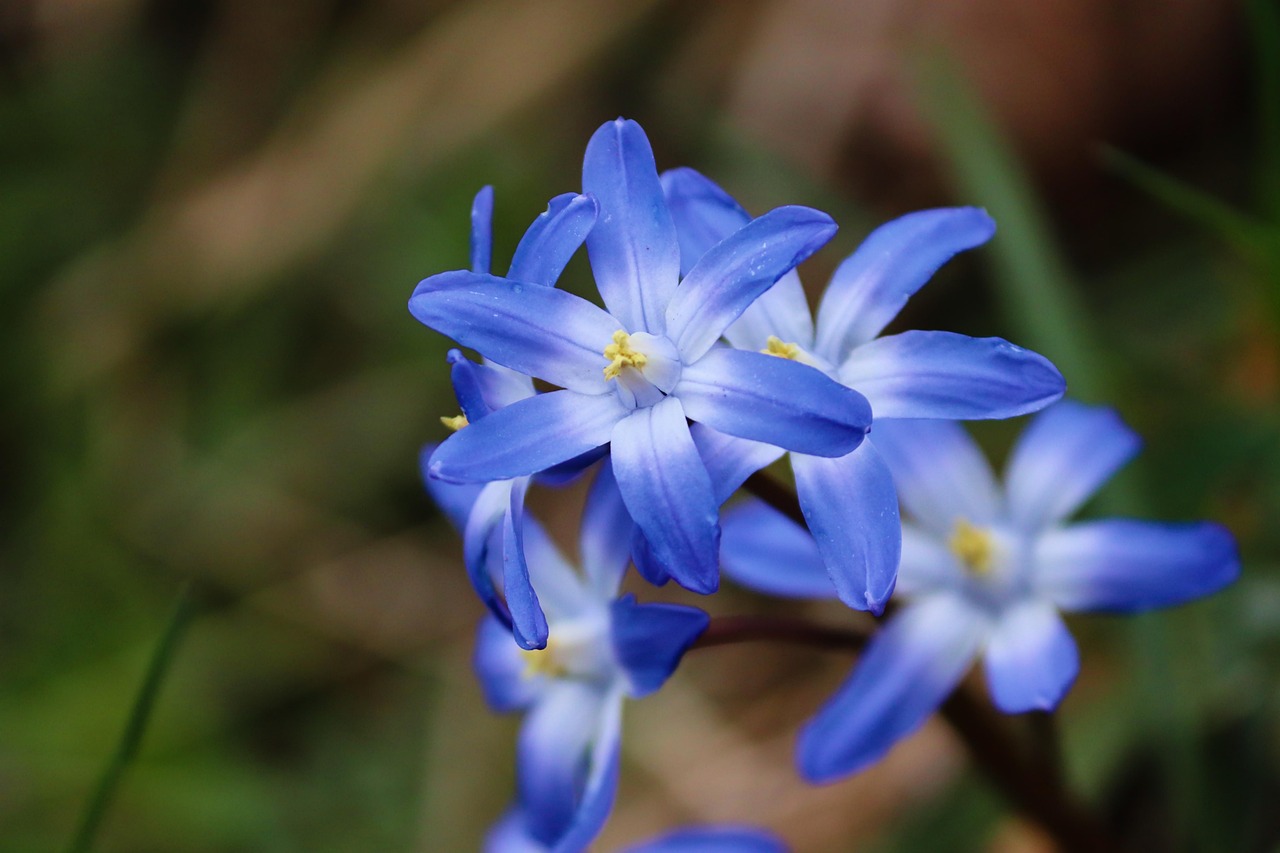Hyacinth | A Flower of Remembrance Rooted in Greek Mythology
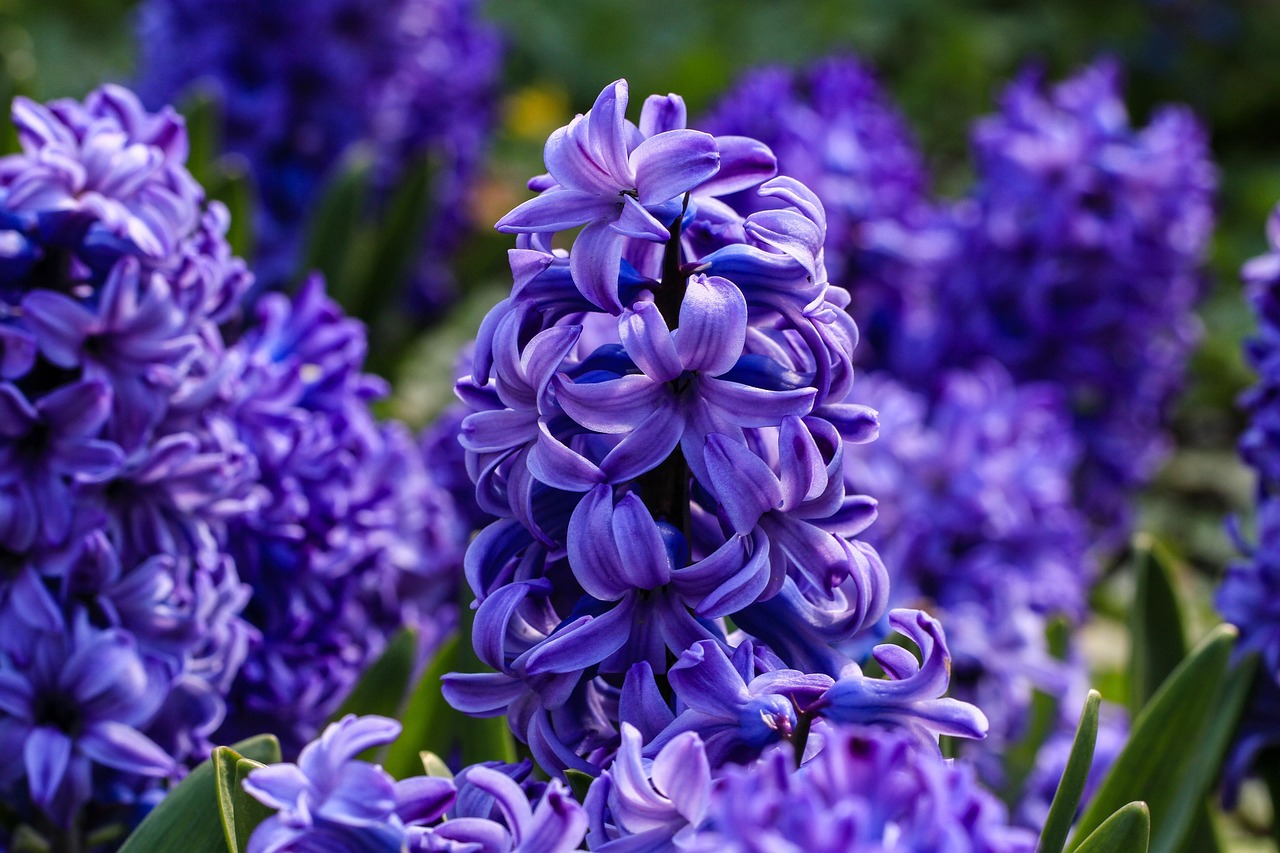
The hyacinth is a bulbous plant admired for its sweet, rich fragrance and its vivid blossoms.
As one of the flowers that herald the arrival of spring, it has long been cherished and can be enjoyed in gardens, pots, and even through water cultivation.
In this article, I will provide detailed insights into the basic information, cultural significance, history, and cultivation of the hyacinth.
Basic Information
- Scientific name: Hyacinthus orientalis
- Family: Asparagaceae
- Origin: Eastern Mediterranean to Central Asia
- Appearance: The plant produces dense clusters of small flowers on thick stems, releasing a strong fragrance. The flowers bloom in a variety of colors, including purple, blue, white, pink, yellow, and orange.
- Blooming season: Spring (March–April)
Cultural Significance Around the World
The hyacinth is recognized worldwide as a flower with symbolic meaning, admired for its beauty and fragrance.
In Europe, it has been beloved as a spring garden flower, and in the Netherlands, it stands alongside the tulip as one of the most representative bulbous plants. Fields of hyacinths attract tourists in spring and are also featured in flower parades.
In the Middle East, the hyacinth symbolizes elegance and refinement. In Persian culture, it frequently appears in poetry and paintings. In Iran, it is often used as part of the Nowruz New Year decorations, celebrating the arrival of spring.
In China, water cultivation of hyacinths is particularly popular. Grown indoors, it is regarded as one of the flowers of the New Year, symbolizing prosperity and happiness.
Historical Background
The name “hyacinth” derives from Hyacinthus, a beautiful youth in Greek mythology.
According to legend, both Apollo, the god of the sun, and Zephyrus, the god of the west wind, loved Hyacinthus. During a sporting contest, Zephyrus, driven by jealousy, caused a discus to strike Hyacinthus’s head, leading to his death. Out of grief, Apollo created a beautiful flower from his blood. This flower became the hyacinth, symbolizing mourning and remembrance.
In the 17th century, bulb cultivation flourished in the Netherlands, leading to the improvement of hyacinth varieties. By the 18th century, it became fashionable at the French court, and Marie Antoinette is said to have cherished the flower. With advances in horticulture, numerous varieties have since been developed, and the hyacinth is now widely cultivated around the world.
Gardening Advice
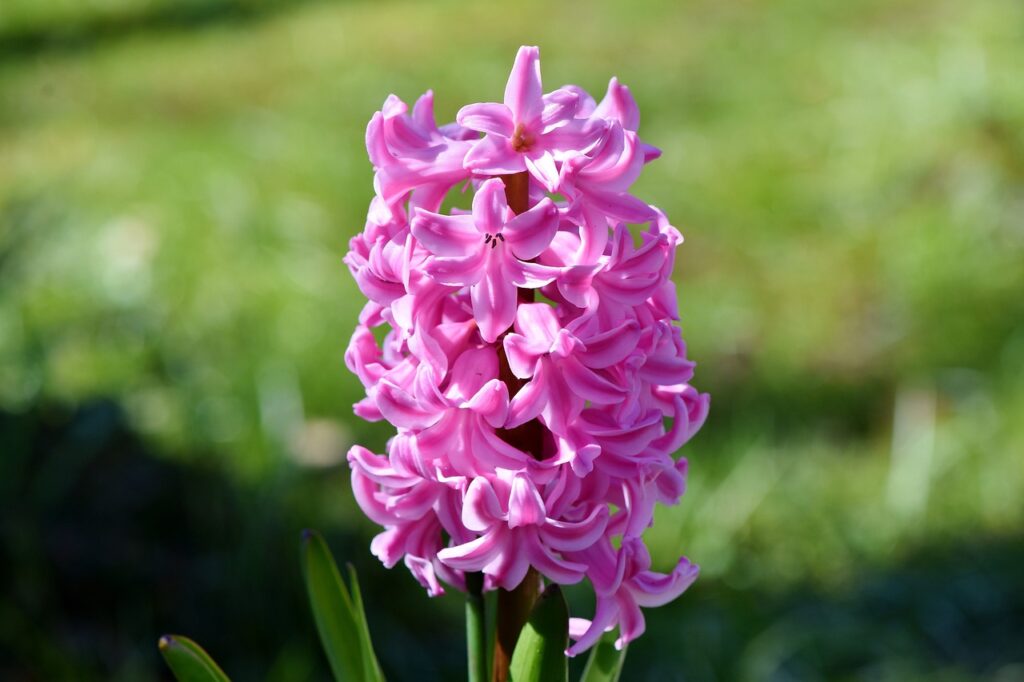
As a bulbous plant, the hyacinth rewards proper care with beautiful blooms year after year.
Sunlight
Prefers sunny locations. Indoors, a bright windowsill is ideal.
Watering
Water when the soil is dry, avoiding excessive moisture. Overwatering may cause bulb rot.
Soil
Well-drained soil is essential. A mix containing leaf mold and sand helps balance moisture retention and drainage.
Fertilizer
Apply slow-release fertilizer during the growing season. After flowering, provide nutrients to help the bulb store energy for the next season.
Cold tolerance
Relatively hardy, the hyacinth can withstand winter outdoors. In regions with severe frost, bulbs may be lifted and replanted in spring.
Water cultivation
Well-suited to hydroponics. Using special containers, one can enjoy watching the roots grow. Change the water regularly to prevent root rot.
Conclusion
The hyacinth is a spring flower that offers vivid colors and a sweet, rich fragrance. With a name rooted in Greek mythology, it has been cultivated extensively in Europe, especially in the Netherlands.
In the Middle East, it symbolizes elegance and appears in Persian culture and Iranian New Year traditions. In China, it is loved as a symbol of prosperity and happiness, particularly through water cultivation.
Cherished throughout history, the hyacinth can be enjoyed in gardens, pots, or water cultivation. Let us welcome spring with the radiant beauty of hyacinths.


